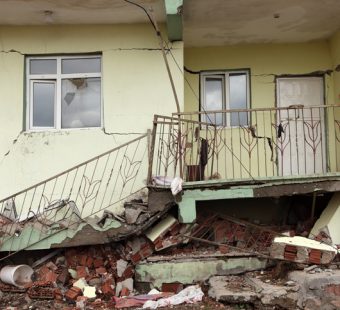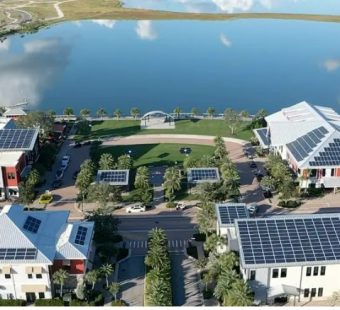
Climate Risk, Tech & Data Advances Drive Adoption of Parametric Insurance
Jeff Dunsavage, Senior Research Analyst, Triple-I (09/29/2022)
Increasing frequency and severity of extreme weather events are helping to drive adoption of parametric insurance. Also contributing to the growing use of this product are evolving technologies and improved data capabilities available to insurers, according to a recent article in Risk & Insurance.
Unlike traditional insurance, which pays policyholders after damage associated with an event has been assessed and quantified, parametric insurance pays an agreed-upon amount when pre-defined conditions – say, a particular wind speed in a specific area – trigger a claim. This eliminates the need for adjusters to visit properties and speeds payment to policyholders, facilitating repairs and rebuilding.
Daniel Vetter, head of North America for Descartes Insurance Solutions Agency, told Risk & Insurance that, in areas prone to wildfire, hail, tornado, and other catastrophes, where coverage is no longer available or is exorbitantly expensive, “These are risks that are moving increasingly into the parametric space.”
Parametric insurance dates back to the 1990s. The triggers, or “parameters”, that lead to a payout must be quantifiable and available to everyone involved to ensure transparency. Early on, such data could be generated by proprietary models, which weren’t always publicly available.
“Over the past few years, we’ve seen a tendency to move to more publicly available information, such as directly available from the National Hurricane Center or from the United States Geological Agency or similar agencies across the globe,” said Akshay Gupta, senior vice president and head of parametric solutions at Berkshire Hathaway Specialty Insurance.
Advances in radar and satellite technology have also been central to the expansion of parametric insurance.
“It really goes towards the field of data science in a certain way, where you are able to derive more intelligence from particular data sets,” said Gupta.
Parametric coverage complements – but rarely replaces – traditional insurance.
“A parametric product can be a very elegant way of bringing a deductible back down to where it was in its original format,” Vetter said.
Because of the almost instantaneous payout, he said, “Parametric is essentially a liquidity instrument. Chief financial officers look at this very much in the context of almost a replacement or a substitute of having to tap into a credit facility to get to cash in a post-event environment.”
Tom Markovic, global head of Marsh Specialty’s Parametric Center of Excellence, said he expects parametric to expand into covering non-weather types of events.
“Cyber, pandemic, impact on economy through foot traffic at airports … mortality risk, credit risk, defaults on large credit card providers — all of that is data driven, and data exists for that,” Markovic said. “One can structure solutions for that and protect the risk. They are not easy to protect against otherwise.”



